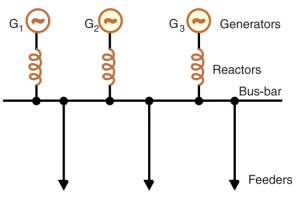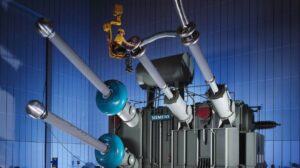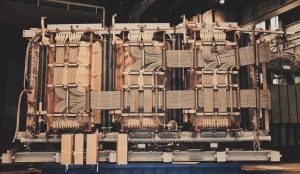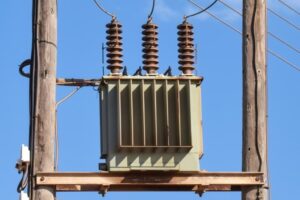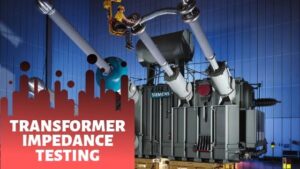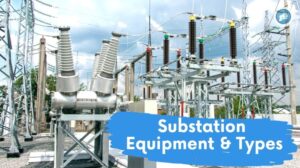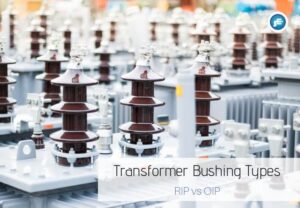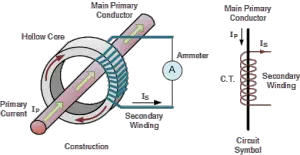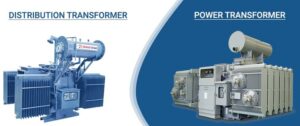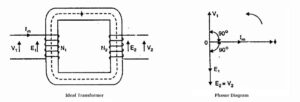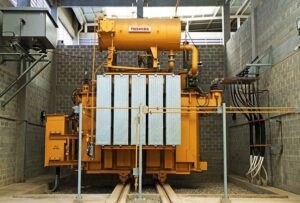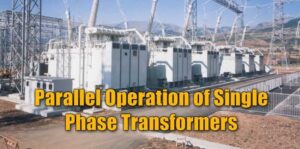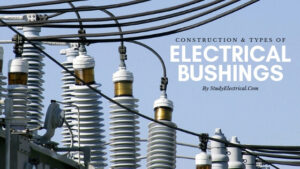Archives
A transformer is a passive electrical device that transfers electrical energy from one electrical circuit to one or more circuits. A varying current in any one coil of the transformer produces a varying magnetic flux, which, in turn, induces a varying electromotive force across any other coils wound around the same core.
Transformer Latest Posts
Transformer
Read the latest articles published on the topic transformer here.
Current Limiting Reactor or Series Reactor
Percentage Reactance in Power System (Transformer, Generator or Reactor)
Transformer Windings: Types and Design
Three-Phase Transformer – Basics and Connection Methods
Open Delta (V-V) Connection of Transformers
How to Test Percentage Impedance of Transformer?
Electrical Substation: Equipment, Types, Components & Functions
Transformer Bushing Types : RIP Bushing vs OIP Bushing
Transformer Popular Posts
Transformer
Read the popular articles published on the topic transformer here.
Electrical Substation: Equipment, Types, Components & Functions
Percentage Impedance of Transformer and Its Calculation
Current Transformer (CT) – Construction and Working Principle
Working Principle of Transformer
Ideal Transformer and Practical Transformer
Condition Monitoring for Transformers
Parallel Operation of Single Phase Transformers
Electrical Bushings – Types, Purpose and Construction with Diagrams
Transformer Courses
Transformer
Find your favorite courses on Transformer from different universities all around the world.
Electrical Machines for Undergraduates
Electrical machines for undergraduates is a complete course to start learning electrical machines. This course covers all electrical machines such as Transformers, DC machines, Induction…
